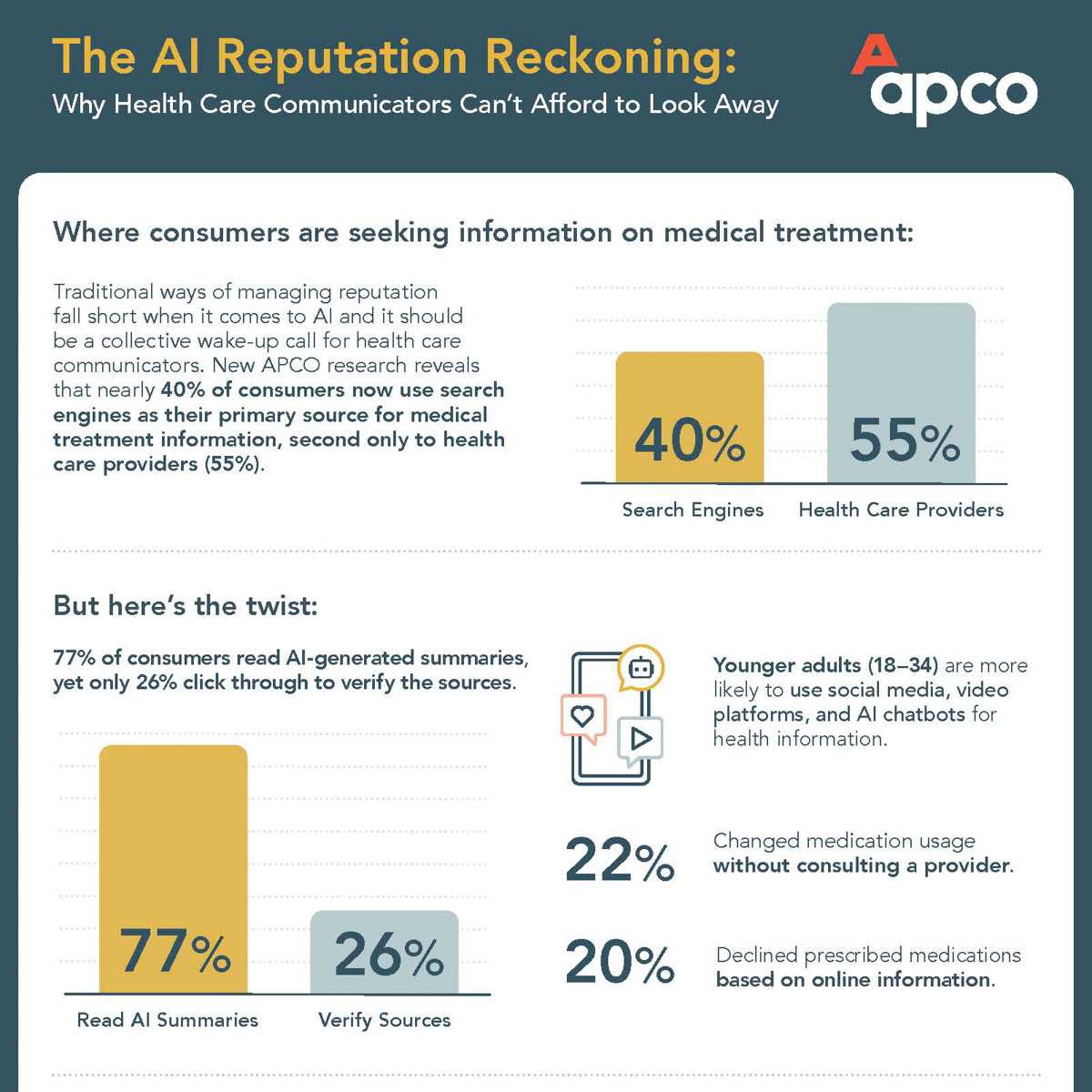

We are at an inflection point for the future of global health care. Four years on from the onset of the COVID-19 pandemic, the global health community is still in recovery mode. What had been widespread progress toward universal health coverage has slowed considerably, and health-related financial hardship is weighing heavier than ever on billions of people around the world. Despite the pandemic’s acute reminder that sustainable funding plays a critical role in creating the infrastructures to promote and protect health, financing has not kept pace with growing needs.
The UN estimates an annual investment gap greater than US$100 billion for health-related sustainable development goals (SDG) to be achieved by 2030. New models of financing and collaboration are necessary to advance on these SDGs, which include universal access to health care, ending epidemics and preparing for new pandemics and creating resilient health care systems that can emphasize both health outcomes and equitable access.
Global health care needs are many. Global health goals are ambitious. But with multiple global health development funds due for replenishment, 2025 is setting up to be a critical year in determining how much and how fast progress will continue.
Polycrisis Exacerbates a Growing Challenge
In 2025, the Pandemic Fund, the International Development Association (IDA), Gavi and The Global Fund, among other financing mechanisms, aim to raise more than US$100 billion from donors. It could not have come at a more challenging time for sovereign donors. With slower global economic growth, political uncertainty and increasing geopolitical tensions all common predictions for the year ahead, donor governments are facing more priorities with fewer overall dollars to allocate amongst them.
With all of this as a stark backdrop, demand for global financing is increasing. Before the COVID-19 pandemic, the World Health Organization (WHO) anticipated an additional US$371 billion annually would be necessary by 2030 to reach the health-related SDGs. That projected price tag has not decreased over the past four years. Low- and middle-income countries (LMICs) face significant pressure on their own finances as they tackle high levels of public debt induced by COVID-19, with 45 developing countries spending more on debt servicing than on health. Faced with numerous crises, including multiple pandemics/epidemics (COVID-19, ebola, avian flu and more), LMICs face the political challenge of needing to increase health care spending without the resources to do it.
Fragmentation Complicates Progress
As we look toward 2025, more than 10 development funds require replenishment. This confluence of multiple funds seeking to gather and mobilize resources is creating “The Great Replenishment Traffic Jam,” a flurry of multilateral action, negotiation and commitments. All rely on the same set of donors, which naturally sets a stage where there will be winners and losers among this group in an ongoing race to jockey for position and race to secure funding.
The creation of new funds further splits the focus of available capital. There is broadening recognition of the vital role social determinants of health and wellbeing play in public health outcomes – including the impact of climate, poverty, displacement and inequity. The Loss and Damage Fund, for example, is a newer entrant to the global health discussion with aims to address the negative consequences of climate change. This approach may ultimately improve longer-term health outcomes by connecting underlying drivers and determinants of health across multiple diseases, yet from a funding standpoint, poses a threat to further disperse investment across more overlapping and disconnected efforts.
There is potential to match the diversification of efforts and themes with a further broadening of the pool of donors. This could certainly present opportunities to unlock new funding streams. As corporate entities consider the intersection of health and their core business, there could be clear links between emerging areas of focus and companies that sit within and beyond the traditional health care sector.
Opportunities for the Private Sector
The need to diversify the global health financing landscape presents new opportunities for private sector companies to play an increased role either directly or through their foundations. This has happened before, building on a rich legacy of corporate giving to initiatives like the Global Fund, as well as public-private partnerships that helped drive health outcomes from successful efforts like reducing maternal mortality, addressing the HIV epidemic and driving vaccine awareness and uptake globally.
Companies considering engaging with the latest round of multilateral health care funding can anticipate a return of value to the organization not only through reputation gains, but also as a platform to further their own business priorities through partnerships, affiliations and innovation. A few examples of how this value presents itself:
- Health care financing continues to be central at multilateral forums, providing new opportunities to engage political stakeholders at the G7, G20 and COP. Coordination between government, international NGO, multilateral organizations and private companies can become the basis of new partnerships.
- To be effective, private sector commitment should go beyond simple donorship and use the experience, resources and expertise of the organization to both engage and return value. This presents opportunities to form uncommon collaborations with local and cross-sector organizations and connect health care expertise, capital and local knowledge to deliver for people in local communities.
- Commitment to global health equity has become a cornerstone of many companies’ long-term environmental, social and governance (ESG) strategies. Engagement in this space in a dynamic way to demonstrate the impact of efforts of health care that reaches beyond the organization and into the communities companies serve, with a return in the overall reputation of the company.
- The power of innovation in health care—whether new technology or health care delivery models—presents a unique opportunity to not only “give more,” but also identify new models of care. This potential return in knowledge and learning from delivering in different health care settings will not only serve to increase organizational capacity, but may unlock new ways of serving patients in mature health care markets.
Taking the Discussion Forward
APCO is at the World Health Summit 2024 in Berlin. APCO will be convening a senior leaders roundtable entitled “Stepping up Its Game: The Role of the Private Sector in Global Health Financing” to discuss the potential paths forward for global health care financing. Attendees registered at the World Health summit can sign up here. We look forward to seeing you there and having you join the discussion.


